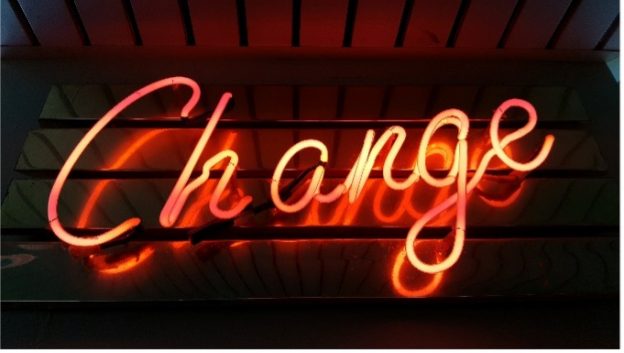Perfect timing foe a newsletter subject right at the end of one year and the begging of another. A high concentration of homogeneous players operating in a single market leads to elevated consumer satisfaction levels and the inability of a company to provide a consumer with preferred services and products which leads to consumer switching.
To avoid such disastrous consequences and remain in competition, many companies would resort to different means of change. There could be a change in management techniques, machinery, production techniques or salary structure among others.
So, when is the best time to implement a change? – The best time to implement a change would ideally be when it is not needed. It is universally acknowledged that a change arising out of an urgent need is very hard to implement owing to the lack of time and dearth of efficient research which goes in choosing the structure of a change. Also, during an urgent need, an organization is unable to give the necessary time to its employees to be prepared for the change. All these reasons require the need to know the best time to change.
If an organization wants to implement a change, a pre-planned and systematic approach towards a change is very much needed. Consider the case of an organization that has to implement an extensive employee database. Let’s assume that such a database is made mandatory by a court order that states many workers working in the nearby companies are responsible for a high number of community crimes in the area. Such database would require a lot of planning for proper implementation. Many considerations like the choice between computerized or paper database, the person responsible for the records and their maintenance, official documents needed from an employee for proper verification etc. should be made. It is easier to do all these things if the planning for such change had already been done when the organization started its hiring procedure.
There are two methods to implement changes namely, long term solutions and short-term fixes. Long term changes are often initiated at one time whereas short term fixes are continuous and recursive. Normally when long term solutions are prescribed, it has been seen that nothing was changing in the company for some time and suddenly a big significant change is implied to the organization. Evidently such changes are often resisted by various stakeholder including employees and the timing of such changes need to be carefully thought out, to avoid a confrontation. Ideally a proper time frame should be put forward whereby old structures are dismantled, and the new change is brought forward.
Short term fixes on the other hand are very minimalist in nature and are easily accepted by employees. Such fixes are a lot easier to implement because of their relatively insignificant impact (or not). If properly planned on constructive foundation, short term fixes could lead to excellent long-term benefits. Timing for such changes can mostly be left on the discretion of the management.
Irrespective what change you plan to bring in or the modality of the change that you propose, it is always best to implement a change at a time when significant window period is available, to properly plan and create interest in the implementation of the change.
Change for change’s sake is not a good thing; however, change for growth is the best approach. A teaming approach with your employees and a strategic plan and or a business plan is the most advisable along with proper execution of those plans.








